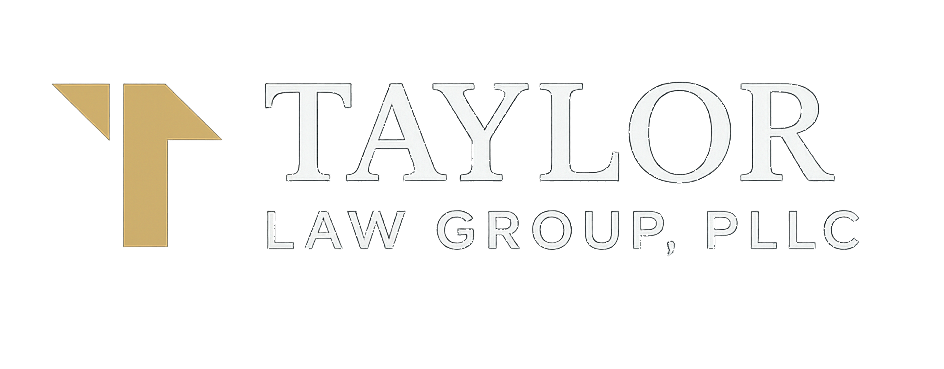
Fact-Checked
This page has been written, edited, and reviewed by a team of legal writers following our comprehensive editorial guidelines. This page was approved by Founding Partner, Matthew Cohen who has years of legal experience as a criminal defense attorney. Our last modified date shows when this page was last reviewed.
Why a Former Judge Is the Smartest Choice for Your Defense in Tucson

Criminal charges, domestic violence accusations, or an Order of Protection? A judge’s-eye view changes everything.
When your freedom, family, or home life is on the line, you don’t need theatrics — you need leverage. In Arizona courts, leverage comes from understanding what actually moves a judge at the crucial moments: the first appearance, a release-conditions review, a suppression hearing, or a protective-order trial that may only last 60 minutes but can change your life immeasurably.
That’s why hiring a former judge as your criminal defense attorney gives you a decisive advantage — especially in criminal, domestic violence (A.R.S. § 13–3601) and Orders of Protection / Injunctions Against Harassment cases. A former judge isn’t guessing what persuades the bench; they’ve lived it, calendar after calendar, case after case.
Below is a clear, practical guide to what a judge really cares about, how a former judge builds your defense differently, and what to do in the first 72 hours to protect your future.
The First 72 Hours: Why They Matter More Than You Think
The first appearance (or initial DV/OOP hearing) isn’t about proving guilt or innocence. It’s about control — release terms, no-contact orders, where you can live, whether you can go home, and what you must (or must not) do before trial. Judges set conditions fast. If you walk in unprepared, you can walk out with terms that make normal life impossible — and violations can snowball into new charges.
How a former judge approaches it:
- Frame the ask the way judges decide. Not “let me tell my whole story,” but “here’s why these specific conditions are safe, workable, and legally appropriate.”
- Anticipate unwritten expectations. What would have made me (as a judge) comfortable modifying this no-contact order today? What risk signals do I need to neutralize?
- Sequence matters. The order of facts and the way they’re presented often matters more than how many facts you have.
What Judges Actually Weigh (and How to Win Those Moments)
1) Safety + Stability Signals (DV & OOP/IAH)
Judges look for immediate safety planning and concrete boundaries. A former judge will help you present specifics, not vague assurances:
- Where you’re living and why it’s appropriate
- Clear, lawful communication boundaries (or none at all)
- Work schedules, childcare, counseling or classes already in motion
- A timeline that resolves inconsistencies (and labels every exhibit)
2) Credibility (Every Case)
Credibility isn’t a speech — it’s structure. A judge’s-eye defense builds short, verifiable, chronological accounts supported by screenshots, logs, and body-cam timestamps, not a 10-page narrative.
3) Practicality of Conditions
Courts don’t want to set you up to fail. If housing, work, or childcare makes the default order unworkable, a former judge knows exactly how to propose compliant alternatives the court actually accepts.
4) Legal Hooks That Matter
Rather than “throw the book” motions, former judges target the few pressure points that judges routinely act on:
- Clean suppression issues (stop, search, Miranda, body-cam)
- Charge-element weaknesses (intent, credible threat, valuation)
- Procedural defects (service, notice, proof) that actually alter the ruling
Criminal Defense, from a Judge’s Chair
A courtroom veteran knows that pretrial posture often decides the case:
- Release posture sets the tone. Handle it well and the case proceeds on your best terms.
- Discovery discipline beats drama — organize body-cam, 911 audio, witness statements, and message logs the way a judge reviews them.
- Motion practice with restraint. File fewer, sharper motions that target what a judge can realistically grant now.
How this feels on your side: You know what will happen before it happens — what the judge will likely ask, what they must decide, and the narrow doorway where your best outcome lives.
Domestic Violence Defense (A.R.S. § 13–3601): What Makes or Breaks It
The first hearing can set no-contact and housing restrictions that reshape your life. A former judge focuses on:
- Conditions management: Keep you compliant and functional while we build the defense
- Evidence that actually sways: context, timing, prior statements, conflicting texts, 911 call cadence, and body-cam details judges notice instantly
- Narrative discipline: a short, dated timeline with exhibits labeled and ready for court
Common mistakes to avoid:
- Trying to “explain” the relationship at the first appearance
- Contacting the protected person “just to clear things up” (a violation)
- Handing the court a document dump without a labeled roadmap
Orders of Protection / Injunctions Against Harassment: 20 Minutes That Matter
Protective-order hearings are short. You don’t win them with essays — you win them with clarity:
- Timeline first. Who, what, where, when — one page, bullet-clean.
- Exhibits labeled. Screenshots with dates, call logs, doorbell video frames labeled A, B, C.
- A lawful ask. Keep, quash, or modify — anchored to the exact legal standard the judge must apply.
A former judge will choreograph what to say, what not to say, and when to stop talking so the court gets the pieces it needs to rule in your favor.
The Defense You Can Feel Working
From the first call, your plan should feel like this:
- Stabilize the first 72 hours. Release terms, housing, no-contact, and a court-compliant routine you can live with.
- Shape the record. Get the right discovery fast, freeze crucial messages, and lock in a simple, dated timeline.
- Targeted motions only. Choose the two or three issues a judge is most likely to act on and press them well.
- Negotiation leverage. Present risk-aware alternatives that reflect how judges think, not what looks good on paper.
- Trial posture. If we’re trying the case, testimony and exhibits are built for judicial attention spans — clean, short, decisive.
Tucson Reality Check: Local Courts, Real Calendars
Tucson City Court and Pima County courts run on speed and volume. Calendars are crowded; decisions are fast. A former judge knows how to get your file readable in a hurry, how to surface your best fact early, and how to propose workable conditions the court will actually adopt.
What To Do Right Now (Checklist)
- Do not contact the protected person (directly or indirectly).
- Keep every document you received (release conditions, court dates).
- Save messages/photos/voicemails in a secure folder — don’t edit them.
- Write a short timeline (dates + two sentences max per entry).
- Bring your work schedule, childcare obligations, and housing details to counsel. These unlock lawful modifications to unworkable conditions.
- Ask about lawful changes if current no-contact or housing terms are impossible to follow.
FAQs (Judge’s-Eye Answers)
What happens at the first DV court appearance in Tucson?
A judge sets release conditions (including possible no-contact and housing terms) and your next court date. It’s not a full trial. Preparation is about conditions you can comply with and a plan to keep you stable while your defense is built.
Can a no-contact order be changed or lifted?
Often, yes. Courts look at time since the incident, safety plans, and clear boundaries. You need a focused motion and specifics a judge can adopt confidently.
Do DV charges automatically take away gun rights?
Not automatically. It depends on orders and timing. Get precise guidance before making assumptions that create new risk.
Why “Former Judge” Isn’t a Slogan — It’s a System
The advantage isn’t a title; it’s a method:
- Predict what a judge will ask before the hearing starts.
- Present the two pages that matter — first.
- Propose conditions and outcomes a court can actually sign.
- Protect you from the avoidable missteps that derail cases early.
If you’re facing criminal charges, a domestic violence allegation, or a protective-order hearing, the stakes are immediate: your home, your family, your career, your guns, your freedom. A former judge brings the calm, focused strategy that wins the moments that matter — and that’s where cases turn.
Every case is different.
*Past results don’t guarantee future outcomes.

